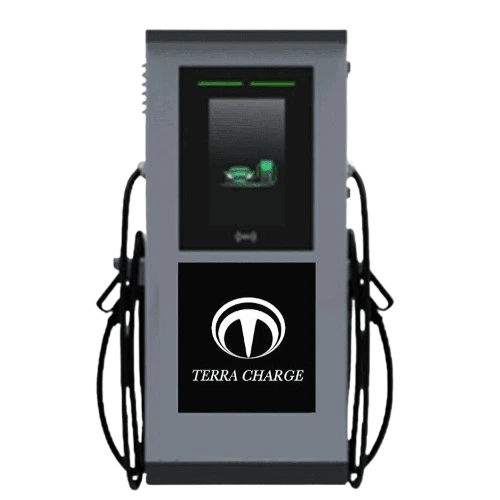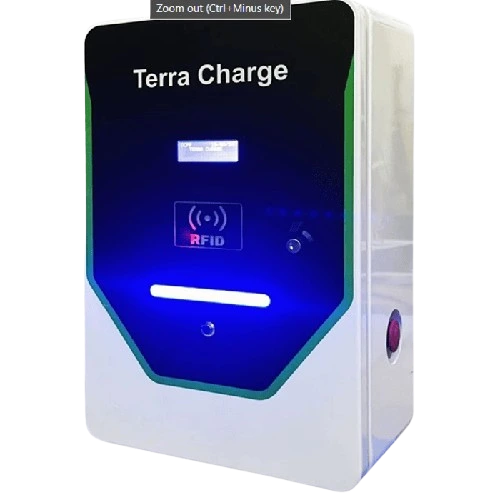Be it traditional car or EV, there is always a risk associated with it, related to explosion. We have seen, fuel tanks exploding in past, and recently EV batteries are also seen exploding. What might cause EV batteries to Explode? How do EV batteries catch fire? In this blog we have answered these questions, so let’s understand this problem in details.
Composition of Batteries
A battery is comprised of cells, which are essentially containers filled with a specific type of energy. Since energy cannot be created or destroyed, it undergoes conversion between different forms.
In a battery, energy is stored in the form of electricity, which involves the movement of ions. These ions move between two oppositely charged electrodes and are separated by a “separator” component.
There are various types of batteries, with two common ones being lead-acid and lithium-ion batteries. The primary difference between them lies in their energy density. In a lithium-ion battery, for instance, when an ion transfers from the anode to the cathode (or vice versa), it carries nearly three times the energy compared to a lead-acid battery.

Electric scooters or vehicles have a substantial capacity for energy storage, often enough to power an entire household for several days without interruption. However, it’s essential to note that the energy contained within an EV battery is significant and can cause harm to the vehicle operator or individuals in close proximity.
What Causes EV Batteries to Explode?
Battery explosions can occur due to internal electrical misbalance and external shocks:
Internal Electrical Misbalance
Deep discharge or overcharging cycles in electric vehicles can lead to internal electrical imbalance. During overcharging, the battery heats up, causing damage to the separator, a critical component. This damage can result in an explosion. Similarly, deep discharging can create crystal-like material around the separator, leading to increased heat production during charging and further damaging the separator, potentially causing an explosion.
External Shocks
Electric vehicle accidents can trigger battery explosions due to the vulnerability of the battery separator to external shocks. The often thin and delicate separator cannot withstand impacts, making it prone to damage during collisions. This vulnerability increases the risk of an explosion in the event of an accident.
How do EV Batteries Catch Fire?
It’s important to know that an explosion or fire doesn’t require a massive amount of energy; it mainly depends on the rapid release of stored energy. In Li-ion batteries, if their 1kWh storage capacity releases quickly, it can lead to combustion.
Li-ion batteries consist of an anode, a cathode, and a separator. Explosions occur due to issues with these components. The separator, responsible for keeping the anode and cathode materials apart while allowing ion transfer, can malfunction. Modern separators, designed to meet market demands, are thinner. Any problem with the battery, especially related to the delicate separator, can result in permanent damage.
During charging, batteries expand, and during discharge, they compress, putting pressure on the separator. If it fails due to external pressure or internal chemical imbalance, the anode and cathode may make contact, causing a short circuit and, ultimately, an explosion. The failure of the separator is the primary cause of battery failure and explosions.
Damage to the Battery Separator
A battery separator can get damaged due to various factors, including:
- Mechanical Stress: External pressure or impact on the battery can cause damage to the separator. Mishandling during transportation or installation, as well as accidental drops or impacts, can lead to physical damage.
- Manufacturing Defects: In some cases, defects in the manufacturing process can result in a weakened separator. Imperfections such as tears, holes, or inconsistencies in thickness can compromise its integrity.
- Chemical Degradation: Exposure to certain chemicals, electrolytes, or contaminants can degrade the separator material over time. This can weaken its structure and reduce its effectiveness in preventing internal short circuits.
- Overheating: Excessive heat, whether from external sources or internal factors like overcharging or high discharge rates, can degrade the separator material. Prolonged exposure to high temperatures can cause it to melt, shrink, or become brittle, increasing the risk of failure.
- Age and Usage: Like other components of a battery, the separator can degrade over time with regular use and aging. Factors such as cycling frequency, depth of discharge, and temperature variations can contribute to gradual wear and tear.
- Electrolyte Leaks: Leakage of electrolyte from damaged or faulty battery cells can come into contact with the separator, leading to corrosion or chemical reactions that compromise its integrity.
- Manufacturing Quality: The quality of the separator material and the manufacturing process itself can impact its durability and resistance to damage. Lower-quality materials or inadequate manufacturing standards may result in separators that are more prone to failure.
Conclusion
The safety of EV batteries is necessary, considering the potential risks of explosion or fire. Understanding the composition of batteries and the factors that can cause damage, such as internal electrical imbalance and external shocks, is essential for preventing accidents. Measures to mitigate these risks include proper handling, monitoring, and maintenance of batteries to ensure their safe operation. Additionally, advancements in battery technology and manufacturing practices can further enhance the safety and reliability of EV batteries, promoting the widespread adoption of electric vehicles for a sustainable future.












